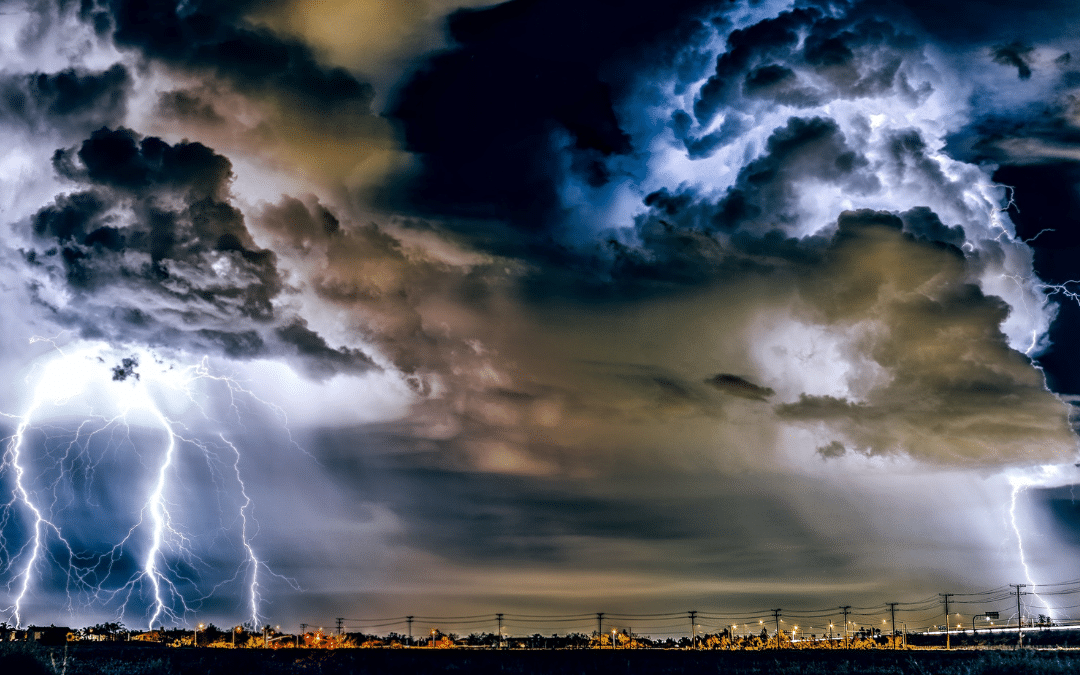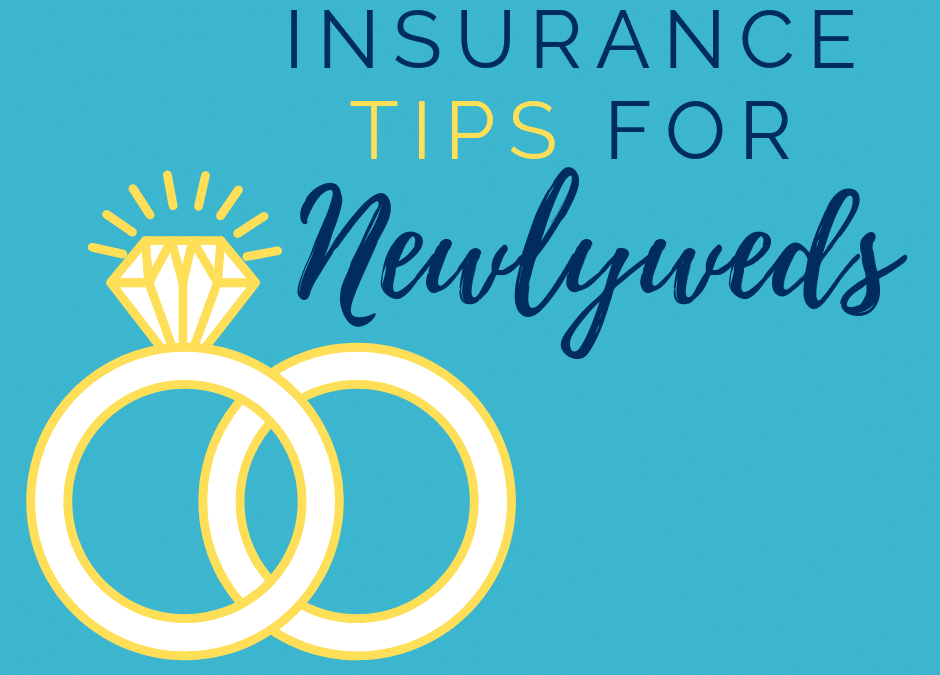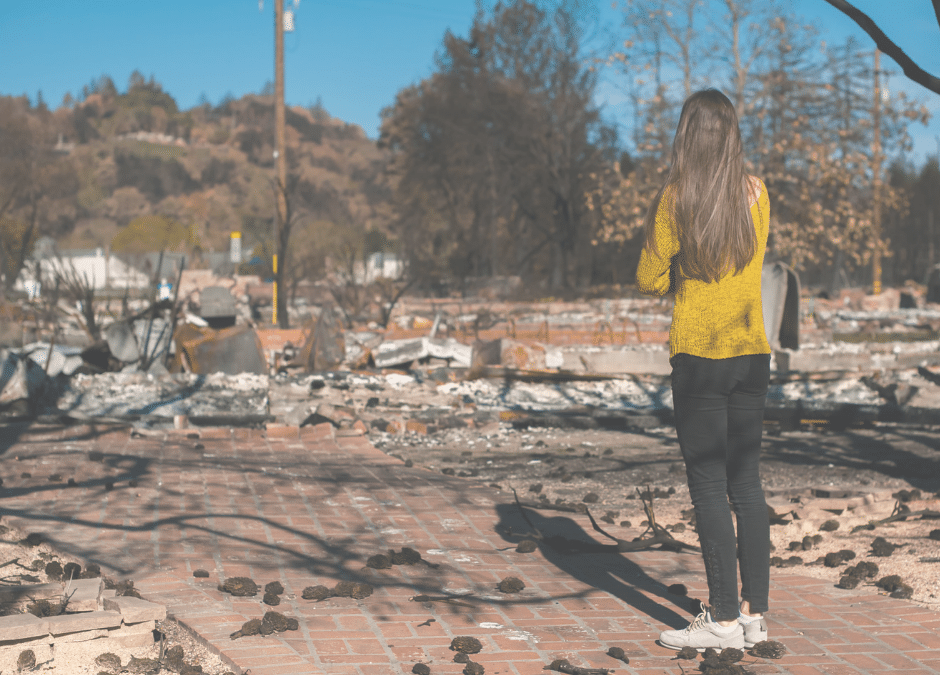
by California Casualty | Peace Officers |
Today is National Law Enforcement Appreciation Day (LEAD) – a day designated to honor the more than 800,000 men and women across the country who have taken the pledge to protect and serve.
From fighting crime and saving lives to ensuring public safety, responding to accidents, and building community relations, law enforcement officers improve our communities in a million different ways every single day.
In fact, their work is so foundational to our everyday sense of safety and security that it can be easy to forget all that they do. So today, join us and millions of other Americans in showing appreciation for our officers in blue.
Here are some things you can do today and every day to show your support:
-
- Send a thank you card to your local police department.
- Wear blue in support of law enforcement today – you could also make your social media picture blue for the day, or even change it to your local police department’s logo or insignia.
- Ask your kids – and/or those in the neighborhood – to write letters to peace officers. If your kids seem interested in officers’ careers, sign them up for a mentorship or other program offered by police departments.
- Follow your local police department on social media – you’ll not only be more aware of local news and alerts, but also gain a greater understanding of all that your department deals with. And when you have a good experience with law enforcement, give them a shout-out on your page! Boosting the positive highlights the good that officers do day in and day out.
- Support officer causes and fundraising drives. Better yet, volunteer! As a civilian, you can help supplement and support officers by doing things like clerical tasks, assisting with search and rescue, reporting graffiti in neighborhoods and helping with equipment and property inventory.
- Participate in initiatives, projects and programs launched by your local police department to build relationships in their communities. These might include events like National Night Out, Coffee with a Cop or even neighborhood barbeques.
- Take part in Project Blue Light, which honors and remembers officers who have been killed in the line of duty. Your local community most likely has a Facebook page.
- Help prevent police suicides. Check out Blue H.E.L.P. and click on “Get Involved” to see how you can help.
- Give blood in honor of fallen heroes – C.O.P.S and the American Red Cross co-host a national Blue Blood Drive every year.
- Donate – Direct financial support can help organizations that serve officers achieve greater impact. Here are some law enforcement and first responder charities to consider (and some general tips on doing your due diligence with any charity organization).
- Participate in law enforcement surveys – These help by providing honest feedback from community members around policing efforts or areas of concern.
- Sign up for your Neighborhood Watch program – start here.
- Check out these additional tips – especially relevant during the pandemic.
Most importantly, say “Thank you” whenever you get the chance. In-person, on social media, wherever – use your voice to support officers. Their job asks them to put their lives on the line every day; by sharing thanks and gratitude you can help boost their morale and make those tough days a little brighter!
This article is furnished by California Casualty, providing auto and home insurance to educators, law enforcement officers, firefighters, and nurses. Get a quote at 1.866.704.8614 or www.calcas.com.

by California Casualty | Homeowners Insurance Info, Safety |
Unpredictable weather is a trademark of spring: 73° and deliciously sunny one day, 41°, and sideways rain the next.
Fluctuating weather during this time of year also plays a major factor in the development of severe spring storms. However, with the right preparation, you can be sure that your home and family are ready to withstand the worst of it.
Follow these preparation tips to be sure you are spring storm-ready.
Be Weather Aware — You can sign up for a number of free weather alert services provided by national or local agencies, weather channels, and power companies. Usually, alerts come to your phone via text message or app, but many have multiple delivery methods. And remember, radio is the old standby, especially in a power outage (so set your emergency radio to the correct station ahead of time).
Trim the Trees — Trim low-hanging limbs, as well as any branches hanging near your home or power lines that could snap off in high winds and cause damage.
Free Your Gutters — Remove leaves and other debris from gutters, drains, and downspouts (best done each spring and fall). This ensures that any deluge of rainwater is quickly diverted away from your home and foundation rather than potentially flooding it. Take the opportunity to check gutters for leaks, damage, and sagging; also make sure they’re securely attached.
Check the Sump Pump — If you haven’t had to deal with a flooded basement, thanks are due to your hardworking sump pump. To keep it in good working order, test it a few times a year, including before spring storms. Clear any debris and make sure it’s working and draining properly. Consider adding a battery-powered back-up pump, or a standby generator, in case of power outages.
Get Ahead of Leaks — Leaks are sneaky … and can cause damage quickly. If you’ve had any leaks in the past, now’s the time to seal them up—before the big rains start. Also do a preventive check on your doors’ and windows’ sealing (inside and outside), as well as in the garage and basement, then fix any gaps or cracks.
Secure Items — By the time the wind is bending trees, it’s too late to worry about securing items in your yard. As soon as storms are forecast, bring items like patio furniture into the garage (or secure them in place outside). Anything that can become a projectile should be moved inside. Also close and secure shutters around your home. Drawing interior blinds and shades provide yet another layer of protection against flying debris and broken glass.
Get Your Plans in Place — When the storms roll in, you’ll be glad you made plans ahead of time.
-
- Storm Safety Plan — Create a safety plan with your family, and make sure everyone understands it and is on board. This would cover things like shelter-in-place locations in the home, evacuation routes, communication protocols if you’re separated, and a plan for your pets.
- Emergency Kit — Regularly check your kit and add, replace or discard items as needed. See our checklist here for a full emergency kit inventory. At the very least, prepare the following for storms: first aid supplies, flashlights with new batteries, two gallons of water per person, a hand-crank or battery-powered radio, a three-day supply of non-perishable food for your family and pets, and a two-month supply of any necessary medications.
- Be Ready for a Power Outage — Are you ready for a few days of no power? Charge all phones and electronic devices ahead of time. Make sure your generator is operational and ready to go. Fill your car’s gas tank (and some cans for your generator). For more tips, check out our power outage safety hacks. Finally, remember to use surge protectors when the power is being restored.
As the saying goes, “An ounce of prevention is worth a pound of cure.” When it comes to safeguarding your home, the steps above can go a long way toward preventing costly damage, headache, and hassle. And there’s no time like the present to start!
This article is furnished by California Casualty, providing auto and home insurance to educators, law enforcement officers, firefighters, and nurses. Get a quote at 1.866.704.8614 or www.calcas.com.

by California Casualty | Auto Insurance Info, Homeowners Insurance Info |
June through September is the peak of wedding season in the United States. Every year 2.1 million couples tie the knot. That breaks down to nearly 6,000 weddings a day!
If you have a special day coming up in the near future, be sure you make all of the appropriate changes to your personal documents, property, and information, so your new bride or groom is represented. These changes also include your insurance.
So, to make it quick and easy here are some insurance tips for newlyweds. Some could even end up saving you some money.
- Combine Your Insurance
If you have separate cars with different insurance companies, you’re eligible for discounts by putting both vehicles on the same policy. It also ensures that both drivers are covered no matter which car they use.
PRO TIP: You can save even more by bundling your autos with your home or renters insurance.
- Check for a Marriage Discount
Inform your insurance company of your marriage – most auto and home insurance companies offer important discounts for newlyweds. Men under the age of 25 are usually considered high risk drivers. However, once they marry, they often see a big drop in insurance premiums. Lower rates can also apply to those in domestic partnerships.
- Increase Homeowner or Renters Coverage
Wedding presents are wonderful! You now have a new set of dishes, expensive new appliances, and other valuable items for your home. Don’t forget, these assets need to be covered. Talk to an insurance advisor to make sure you have enough coverage to protect all the things you own and to increase your liability protection. It’s also a great time to create an inventory of all the things you own to help you purchase the right insurance protection and make filing a claim much easier.
- Get Extra Protection for High-Value Items
That beautiful new wedding ring and special gifts like fine art or silverware may need scheduled personal property protection, often called a “floater,” to make sure they are covered for their full value. Most homeowners and renters policies will provide limited coverage for those items. Scheduled personal property coverage will also pay to replace a ring, without a deductible, even if it was misplaced or damaged in the disposal.
Just like marriage, California Casualty is a committed partner in helping with your auto and home insurance needs. One of our advisors can walk you through everything from combining your vehicles to completing a name change.
This article is furnished by California Casualty, providing auto and home insurance to educators, law enforcement officers, firefighters, and nurses. Get a quote at 1.866.704.8614 or www.calcas.com.

by California Casualty | Homeowners Insurance Info, Safety |
Disaster can strike at ANY time during ANY season. So, each year we are here to remind you to prepare for disaster situations in your home and communities.
BE PREPARED: Before an emergency or natural disaster strikes, here are 10 things you can do:
- Plan and save for the unexpected financially.
- Sign up for emergency alerts in your area.
- Map out and practice using several different evacuation routes.
- Have a safe location planned for shelter if your town is evacuated.
- Plan for your pets and know where they will stay if you are evacuated. Here are some pet-friendly hotels.
- Have a plan where you and family members will meet and how you will communicate if you become separated.
- Create an emergency kit, that meets your family’s particular needs.
- Complete a home inventory and document all of your belongings (clothing, mattresses, bedding, kitchen appliances, furniture, electronics, etc.).
- Back up important phone contacts and photos physically or on The Cloud.
- Check your insurance coverage with an advisor, to make sure you’re adequately covered or add protection (ex. Home, Renters, Auto, Flood, Earthquake, Floater, and Umbrella).
BE READY: If you need to evacuate:
- To find local shelters download the FEMA app, text SHELTER and your ZIP code to 43362 (ex. SHELTER 12345), or visit the American Red Cross’ website.
- Contact California Casualty as soon as possible and save all receipts for living expenses, such as hotels, meals and other essentials.
- Monitor local media about conditions, further evacuations, or when it might be safe to return home.
BE SAFE: When you return home, there are many potential dangers, such as:
- Dangerous toxins, and debris
- Mold
- Gas leaks
- Electrical shock
- Poisonous snakes or other animals
- Structural instability and collapse
- Sewage and chemical tainted water
GET HELP: If you need recovery help afterward:
Though it is National Preparedness Month, it is important to remain prepared every month of the year. An emergency or natural disaster can strike at any time or place; and if it does, please remember, you are not alone. California Casualty is there when you need us most, to help make sure you and your family are covered.
This article is furnished by California Casualty, providing auto and home insurance to educators, law enforcement officers, firefighters and nurses. Get a quote at 1.866.704.8614 or www.calcas.com.
by California Casualty | Calcas Connection, Good to Know |
 Seeing a wall of flames or a madly spinning tornado bearing down on your community or neighborhood is the worst time to wonder, “Do I have enough insurance to build my home again?”
Seeing a wall of flames or a madly spinning tornado bearing down on your community or neighborhood is the worst time to wonder, “Do I have enough insurance to build my home again?”
While some areas of the country have already experienced tornadoes and record flooding, fire and storm season is just beginning.
We’ve seen enough disasters to know the stress and financial impact they leave behind. More out-of-control fires and powerful storms have resulted in higher cleanup costs, elevated rebuilding prices and shortages of manpower and materials, due to the damage in a concentrated area.
It’s very important to make sure that you have enough insurance for your home and property.
Here’s why:
- Half of American homeowners have told experts that they don’t really know what their homeowners insurance policy covers
- Other studies estimate that six out of ten homeowners are underinsured by an average of 20 percent – meaning if their house costs $200,000 to replace, they would fall short by about $40,000 if they had a total loss
- Less than 20 percent of those in flood or earthquake-prone areas have flood or earthquake insurance
Here are some of the factors that could lead to a home being underinsured:
- Improvements and upgrades. When you buy new appliances, remodel kitchens and bathrooms or add on to your home, those improvements may not be covered by your original insurance policy.
- Hazardous materials removal costs. After a disaster, your property may be full of dangerous chemicals, asbestos and other hazardous materials. It may take months to get proper permits, and the costs to remove the toxic residue can be quite high.
- Rising construction costs. After large-scale disasters, building materials, construction crews and equipment may be in short supply. Costs in many areas have skyrocketed after massive property destruction.
- Updated building codes. Rebuilding an older home to meet today’s safety codes may be expensive, especially if you bought your home decades ago.
- Limited loss of use coverage. Make sure you have enough coverage to pay for extra living expenses (rent, food and other essentials) while your home is rebuilt or repaired. It’s important to factor in extended time after large disasters, sometimes more than a year.
- Not enough personal property protection. Make sure that you have enough contents coverage to replace the many items you own – bedding, clothing, kitchen items and electronics. Don’t forget scheduled personal property for high value items, such as jewelry, special musical instruments, fine art and collectibles.
Being Prepared
A yearly policy review is a must. As your insurance partner, it’s imperative that you tell us about any home improvements/upgrades that you’ve made. A California Casualty advisor will take the time to explain your policy and help make sure that you have the coverage you need with the discounts you deserve.
Its’s also important that you make an inventory of your possessions. Not only will it help determine the amount of coverage you need, but it speeds up the process of replacing those items. Only half of American homeowners and renters have done an inventory, which could leave them in the lurch after a disaster.
TAKEAWAY:
Take a moment and contact one of our customer service representatives for your policy review by calling 1.800.800.9410, option 3.





 Seeing a wall of flames or a madly spinning tornado bearing down on your community or neighborhood is the worst time to wonder, “Do I have enough insurance to build my home again?”
Seeing a wall of flames or a madly spinning tornado bearing down on your community or neighborhood is the worst time to wonder, “Do I have enough insurance to build my home again?”